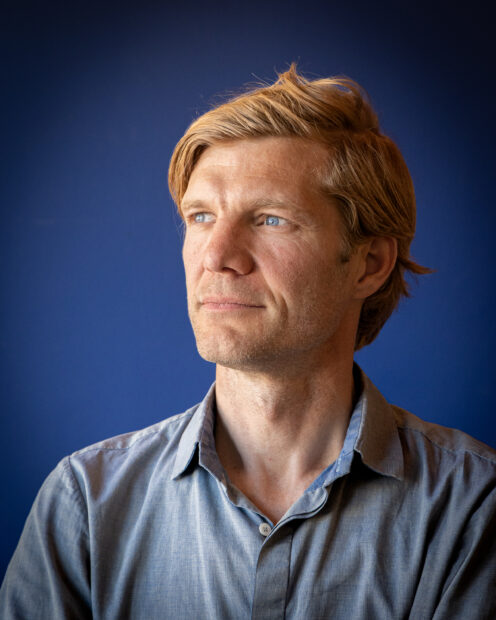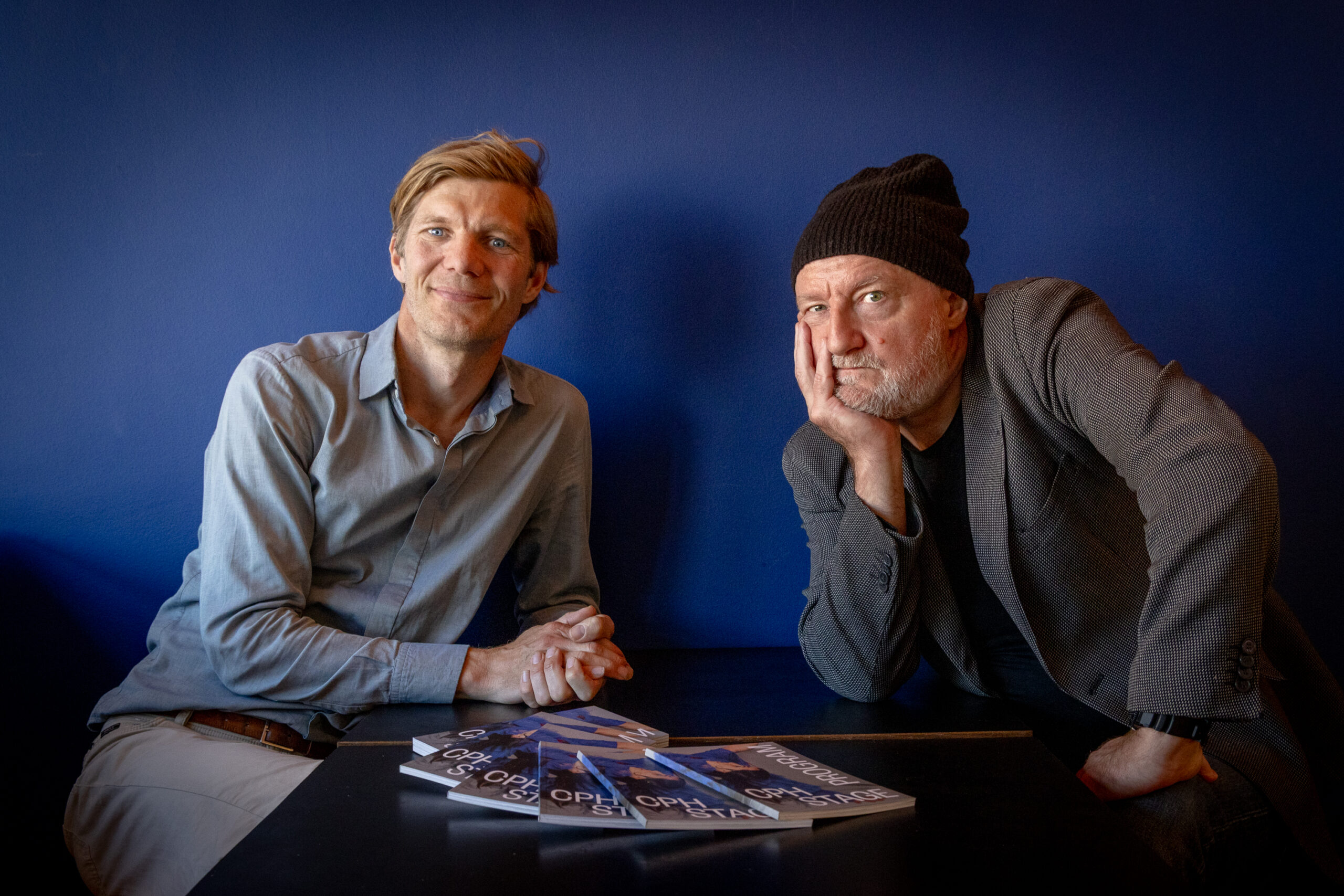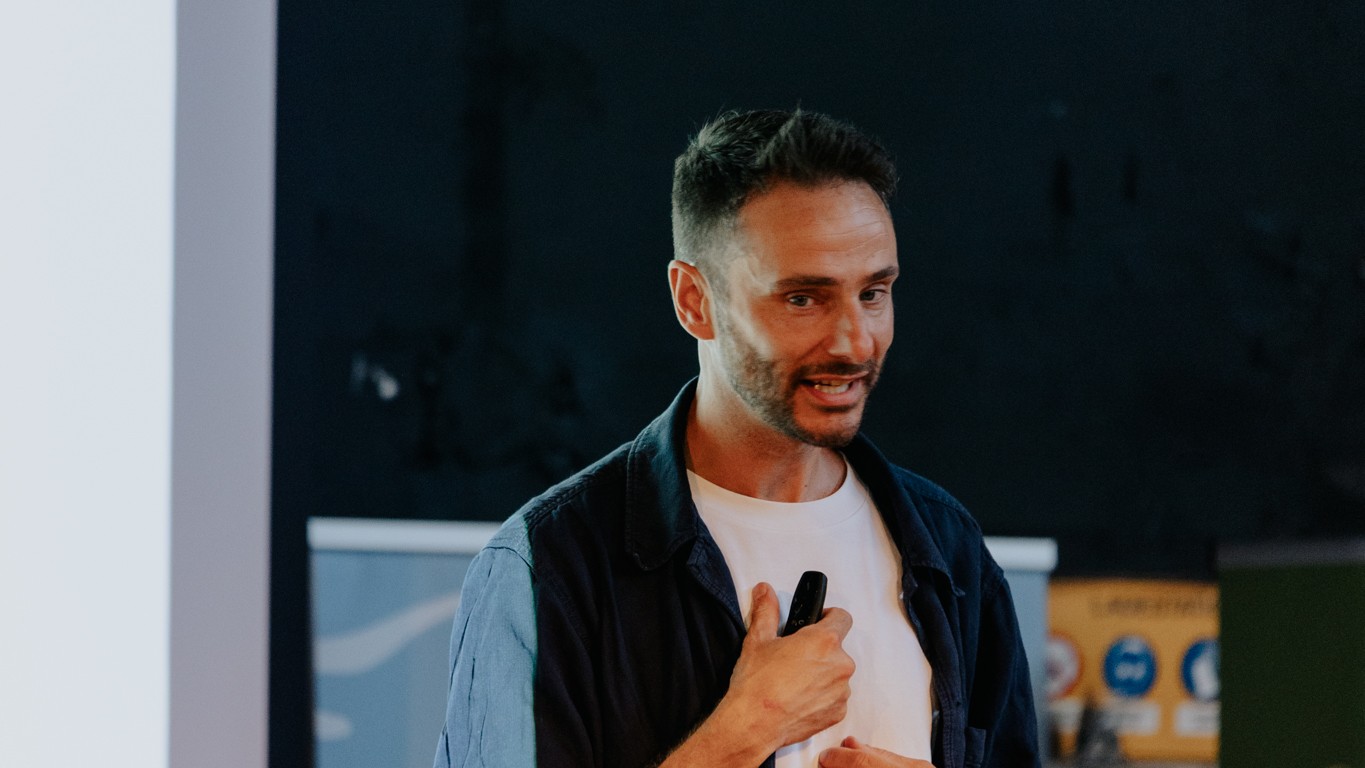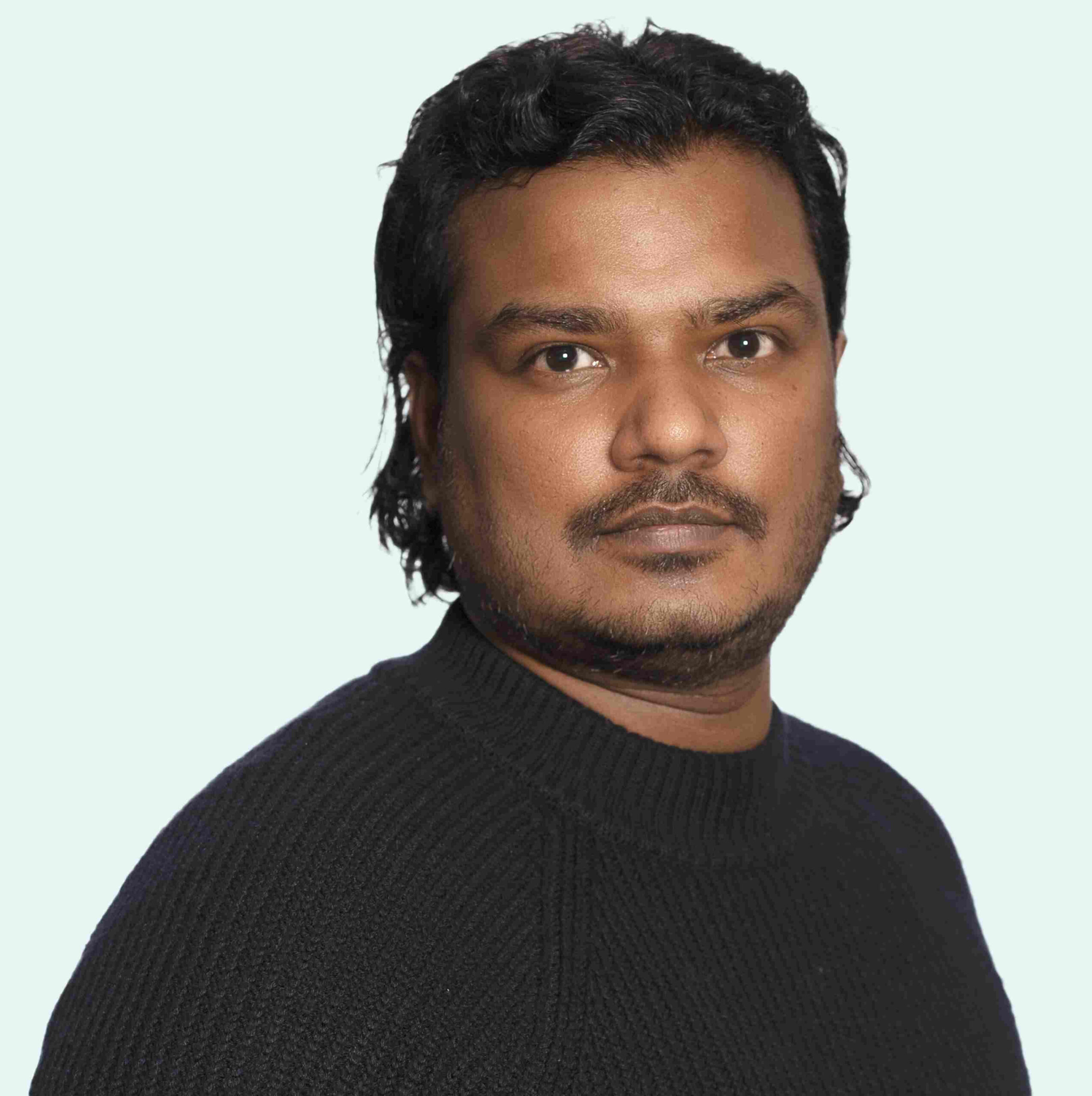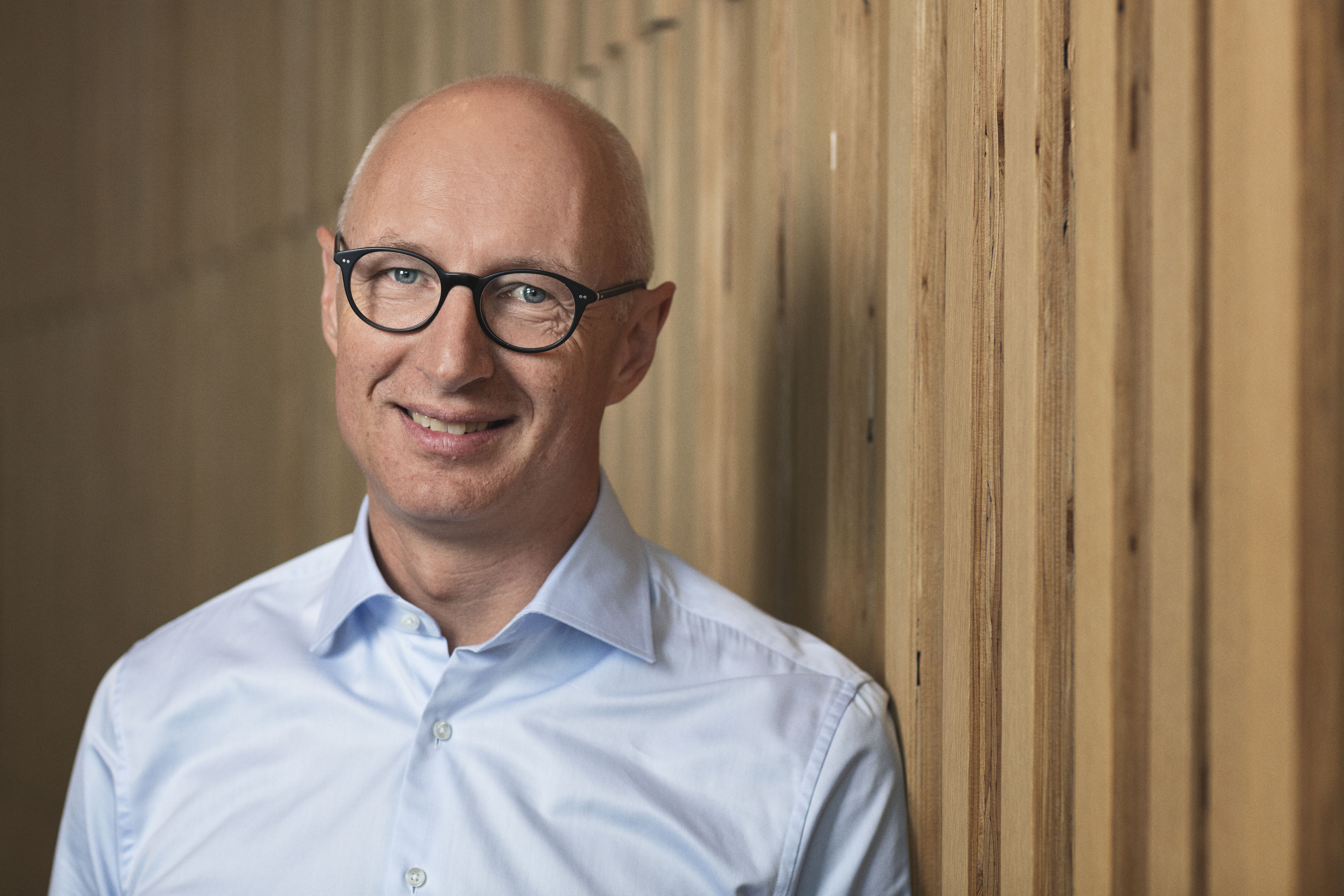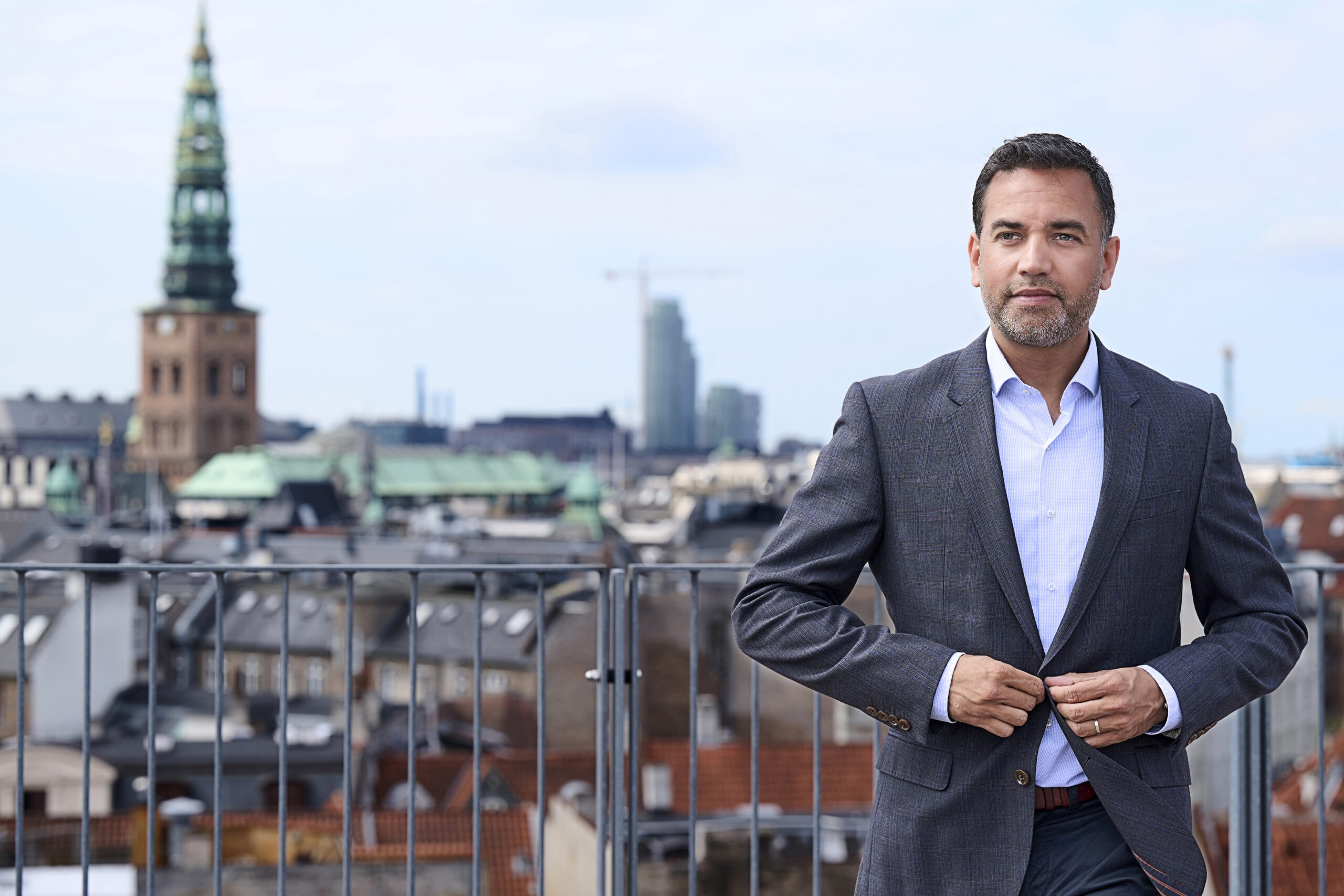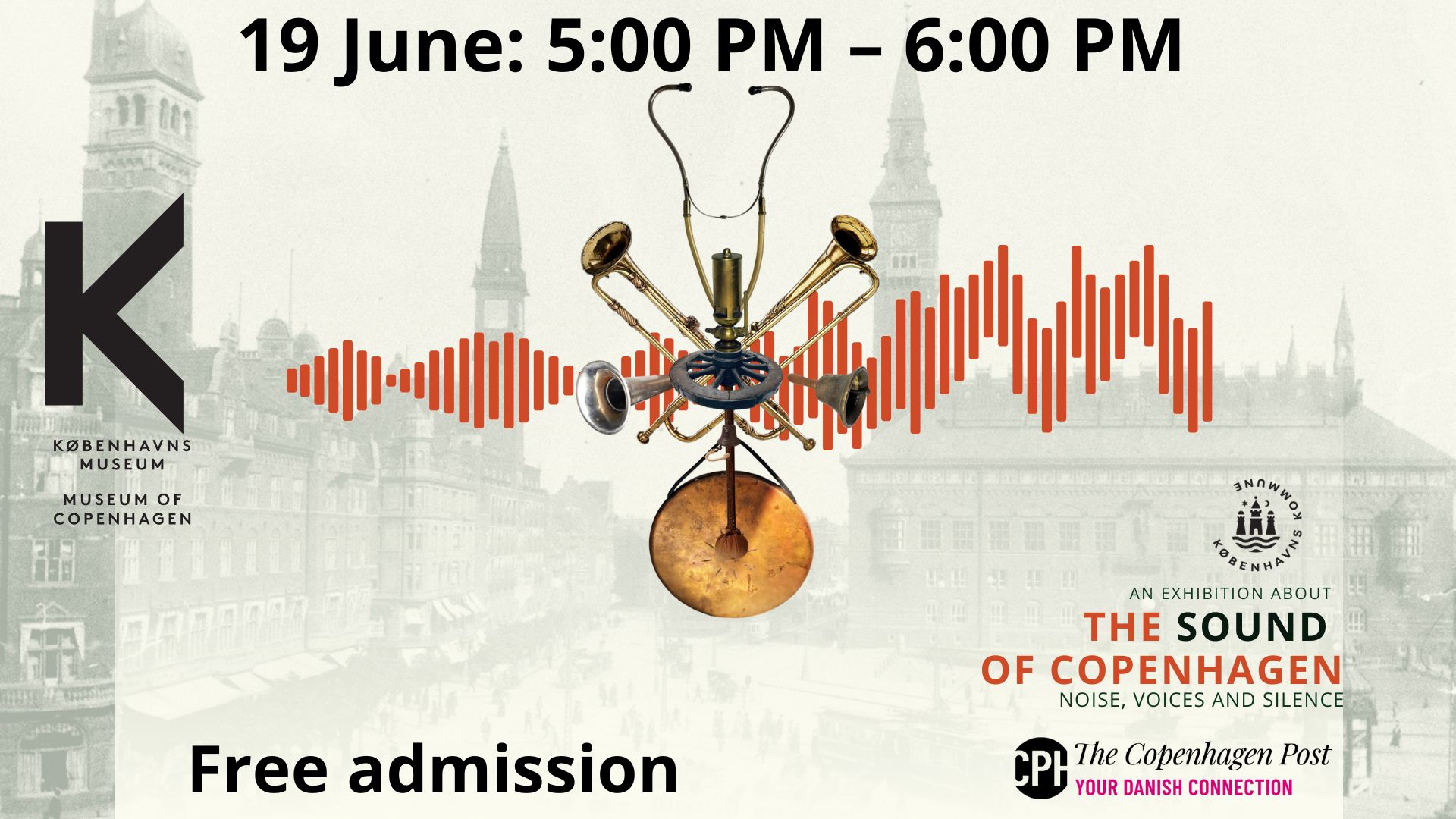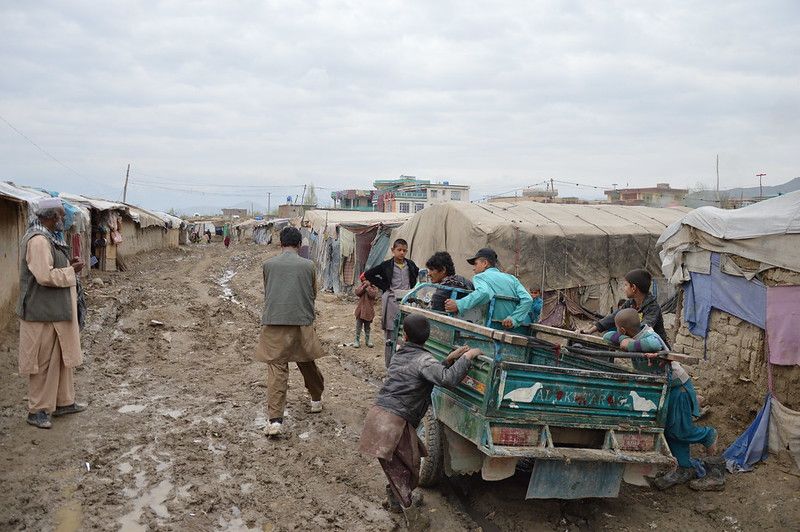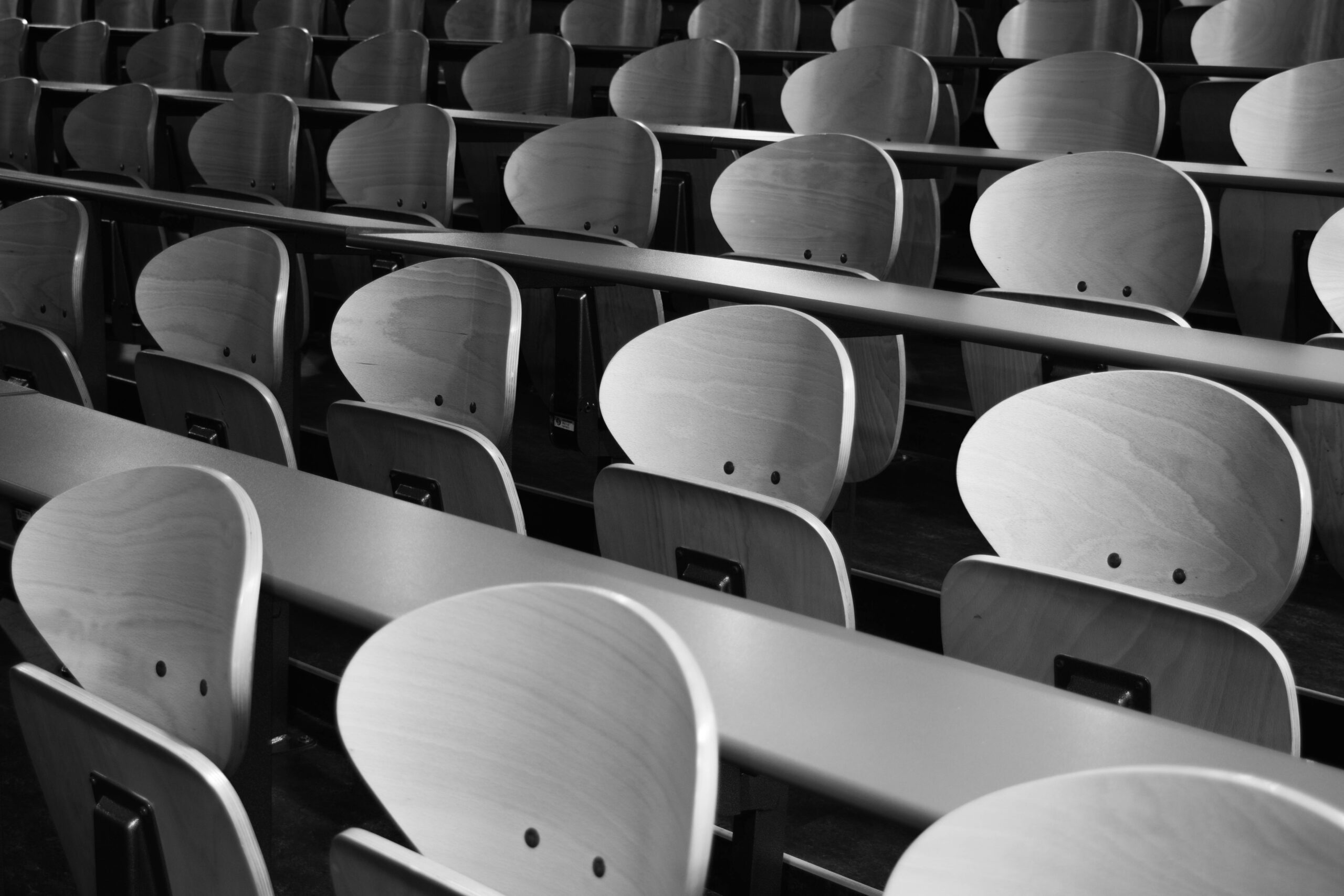This is the 12th festival since its inception in 2013. It has become something of a cultural mainstay in the arts community in Denmark. What do you think has been the key to its longevity?
Primarily, the theatres: their initiative, their drive, the wish to show art. The festival started with the four Copenhagen theatres—Husets Teater, Teater V, GROB (now Blaagaard Teatre), and Café Teatret (now S/H). All wanted to realize the long-held dream of a big national Danish theatre festival with an international outlook. They, and now all the other theatres, keep coming back year in, year out, and the audience also returns and grows, keeping the festival not only alive but, I hope, relevant.
In terms of relevance, you have themes like ‘Generations’, ‘Dystopia’, ‘Cringe & Ecstasy’, and ‘Circus Performance’. That’s a big chunk of cheese in terms of focus. What are your thoughts behind that?
The festival serves as a curated snapshot, capturing the year’s most relevant and significant performances and, in so doing, captures the interests and focuses. It also mirrors current trends in theatre, reflecting themes and tendencies that we see during the season. In our program, it can be thematic, like this year’s generational shifts and dystopian viewpoints, or concerning the feelings and experiences in the performance, like “Cringe & Ecstasy”, or about genres like this year’s Circus. The themes are a way to create yet another entry into our program, to make it easier for people to find things of relevance and consider performances they might not have been aware of. We hope, in this way, that the themes will underscore and strengthen interest and increase the audience and its natural desire to see theatre and live performance.
You mentioned you had a phrase or mantra for this?
Yes, sometimes I’ve been saying, “We want to make it easy to go to the theatre and hard not to”… that sounds better in Danish. The themes, we hope, encourage this alongside the genre of the work.
These themes clearly reflect current political topics, such as Greenland. Is that what you mean when you talk about relevance?
Yes, I think a festival program should reflect and deal with what concerns us right now. So, I’m very happy that this year we have two performances as well as events about Greenland and being split between two cultures. The dance performance SOIL at Sydhavn Theatre (which is accessible to non-Danish audiences) and JEG, INUK at C:ontact where there’s also a talk, and finally the evening with Another Life community at The Royal Playhouse.
In this way, we pay close attention to trends—both in the theatre world and within our own programming. This is a key part of how we shape the festival. I like to think of the festival as a kind of “first light”—an introduction or gateway to theatre for people who may be curious but haven’t yet found a way in. We try to make the experience more accessible and relevant, especially for those who might feel excluded for various reasons. The program is broad and diverse; people can find an entry point that resonates with them—maybe something funny, something generational, or something that speaks to a specific interest—and from there, dive deeper.
Circus plays a big part this year.
The circus works are an example of the festival program and how it develops within the industry. For the first time, they are in the main line of the festival, and this reflects the depth and commitment of Danish circus art and how it has grown.
What are the main challenges in organizing a festival that brings together such a diverse range of theatrical genres and events?
I’d say the biggest challenge is communication—making people aware of the full range of what the festival offers and helping them see that it’s all part of one cohesive program. It can seem overwhelming, and we really just want to help people into the world of theatre.
A guide, as it were?
Yes, especially for those unfamiliar with theatre, by offering accessible entry points and suggestions. Some visitors are seasoned and know what to look for, but others need a nudge—something like, “If you’re unsure, try this show and see where it takes you.”
Ironically, this challenge seems also to be the festival’s strength.
Precisely. The diversity of the program means there’s truly something for everyone. But communicating that breadth—across genres from experimental dance to political stand-up—can be difficult, even though it reflects the high quality and richness of Danish performance today.
To what extent do you collaborate with directors, playwrights, or other artists during the curatorial process?
We approach programming in several ways. The largest part of the program is selected by the theatres and venues themselves. But we also have a programming board made up of directors and theatre industry people—including myself—who handle the main selection. This selection is based on open calls to the theatres, which happens twice a year (and is currently active). This, of course, involves quite a bit of coordination.
This is obviously a festival for new theatre-goers and seasoned attendees. How do you ensure that both find something compelling in your lineup?
That’s really the point of the festival—to offer a second chance to see some of the year’s standout performances. Theatre is unpredictable; shows sell out, tour elsewhere, or just slip by. So we curate highlights that people may have missed. At the same time, we help audiences navigate the program. With so much on offer, it can be hard to choose. We structure the festival to guide people—offering thematic entry points. We already discussed the dystopian narratives. We intend that this can lead someone to discovering two or three pieces around a shared theme. It’s about making the experience more accessible and engaging.
Visions for the future?
We’re still developing the festival, with new things and adjustments every year. One key focus is strengthening the programming to make it more compelling for the audience and accessible for theatres. We also aim to grow the international reach and refine our strategy around diversity, representation, and accessibility—for instance, for audiences with hearing or sight impairment.
And also, the K7 initiative. What is that?
K7 is an initiative to get the under-25s more engaged and involved with culture. It was started by ‘ADBC’ and began with the museums. We at CPH STAGE then helped get the theatres onboard, so that now it is a week-long event where young people can see theatre and visit museums either for free or at a discount.
Two birds with one stone.
Many. Many stones!
So, obviously it is an intense experience for you and the Stage team—what do they do to deal with the stress?
We focus on taking breaks, days off, socializing, and actually, going to theatre performances is also part of it. It’s important to remember to take time to be part of the festival we’re creating. We also had a coach from Roskilde Festival doing a “How To Survive a Festival” program!
So you have it covered?
I really hope so, but I’ll tell you when the festival is done!
And what are “Morten’s Most Magnificent”! What are you most looking forward to this year and what are your highlights?
I always go for the international works. For your English-speaking audiences, I’ve looked through our program for performances accessible to non-Danish speakers. We have 23 of those, and an easy filter function to find them on our webpage, so that’s easy. Anyway, there are lots of great shows; for instance:
Our opening show, Le Grand Bal, from the French company Dyptik, is high-energy work, combining street and classical dance. Tickets are still available for the 22nd, where there’s also a talk with the artist.
Back-to-Back Theatre’s The Shadow Whose Prey The Hunter Becomes is a highly acclaimed Australian inclusive theatre group.
Then there is Fix & Foxy presenting The Village.
And dance—so much great dance this year: Uppercut Danseteater’s Samba, Bloody Moon by Dansk Danseteater, and well, just a lot more.
And for the 12th year in a row, you have not invited me to headline the festival? I wait by the phone each year. But no call!
We of course mean to, but I always seem to have the wrong number! Also, we have only had one Dane headline the festival.
The late, great Kirsten Delholm, and Hotel Pro Forma?
Yes.
May She Rest in Peace.
Her work, Axis Mundi, is present posthumously at Stor Vega, and is also on my “very much to see” list.
And you, what does a “Morten Krogh” do to relax?
Well, believe it or not—go to the theatre! I really enjoy turning my phone off, sitting in a dark or performing space, and being embedded in another place. And of course, ice cream. Lots of ice cream!
